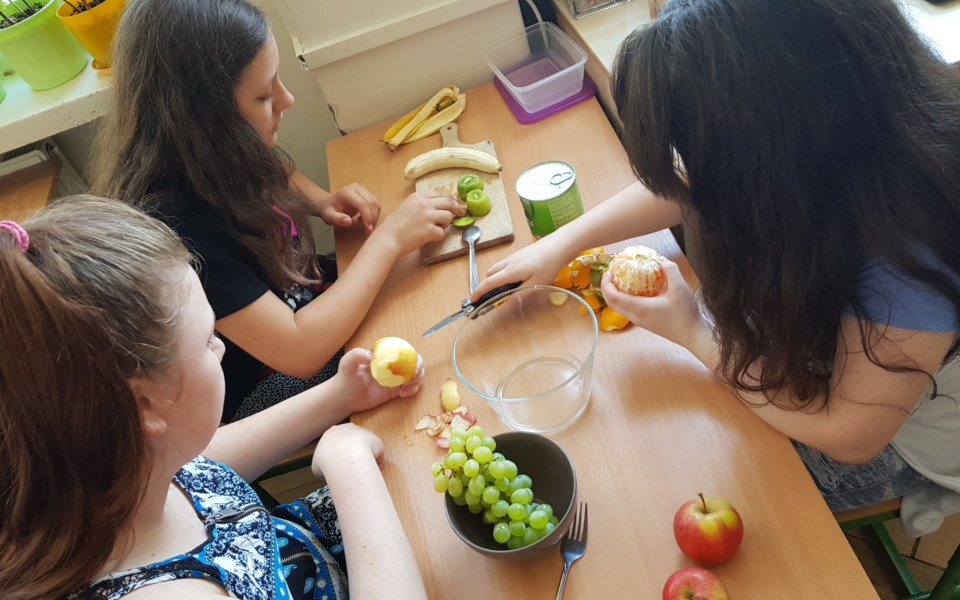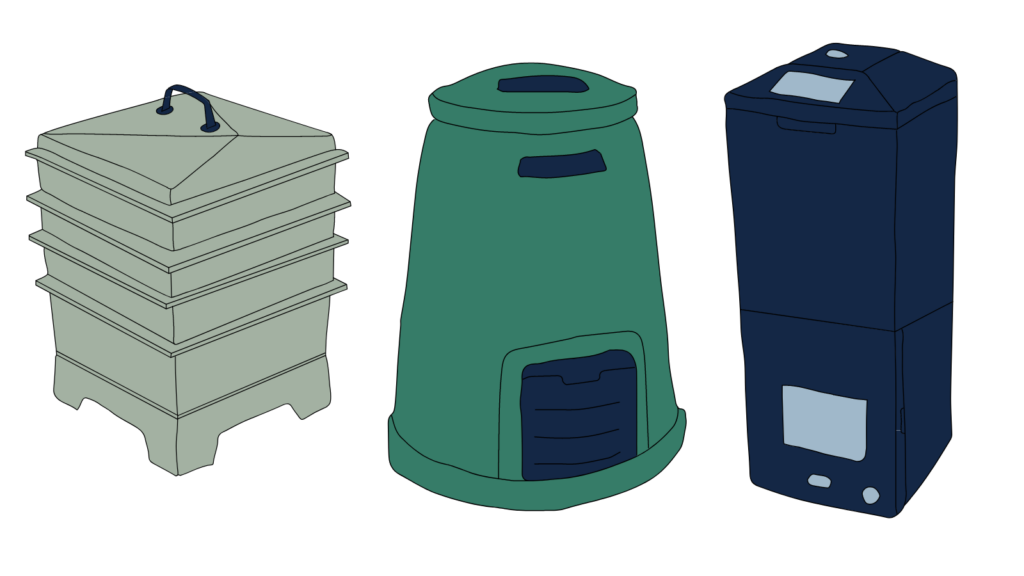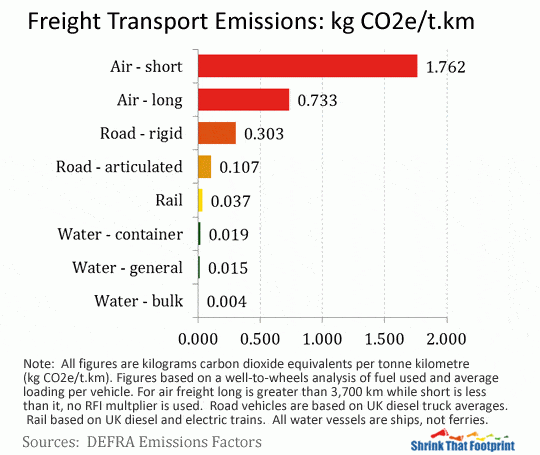
Posted 11th October 2022
Across Europe, there is increasing concern for the environment and the role of humans in contributing to climate change and pollution. In the UK, 27% recognise the environment as one of the most pressing issues facing the country.
Social Value UK (SVUK) played a role in an EU funded project called StudEnts fight food and packaging waste throuGh entrepreneurial education and Game-baSed learning (EGGS). EGGS aimed at educating students aged 11-15 on environmental issues.
An international team comprised of teachers and experts in food and packaging waste developed an innovative educational model to educate students. The model is based around an educational computer game (EGGS game). The EGGS game informs students on environmental issues, specifically the topics of food and packaging waste. The game presents students with tasks set in the kitchen, their school, and the wider community, giving them the knowledge they need to create a positive impact through their choices and become agents of change by encouraging others to do the same.
As part of that project, SVUK created a document which set out some ways in which young people can make a positive impact on the environment through their actions at home, at school and within the community. It is designed to be a practical document outlining some of the activities which aspiring youth activists can undertake to create a positive impact and inspire others to do the same. By inspiring and encouraging others to make positive changes around food and packaging waste, young people can create a wider impact than would otherwise be the case, while simultaneously working towards related goals such as reducing poverty and increasing engagement within educational settings.
The document created has two sections, the first covers how to make a difference at home and through personal actions:
- Managing your food waste
- Composting your food waste
- Managing your packaging waste
- Understanding and reducing your water footprint
- Understanding and reducing your food miles
Managing your food waste
Around a third of the food produced worldwide for humans to eat is wasted every year! In the EU, 173kg of food waste is generated per person, per year. Some of this food is wasted by shops, restaurants, farms, or during processing, but 53% is wasted by people at home.
This is a big problem for several reasons:
- The resources (such as water, soil, energy required for fertilizers, transportation, and refrigeration) needed to produce this food are wasted. In many places around the world, these resources are scarce.
- Food waste contributes to climate change. Wasted food is often sent to landfill, and as it rots it generates greenhouse gases such as methane which contribute to climate change. The energy used to produce and transport the wasted food also produces greenhouse gases such as carbon dioxide. An estimated 8% of greenhouse gas emissions are generated by food waste.
- Food waste costs us money. Think about the money your family spends each week on food which is never eaten – what would you have rather spent it on?
- Food waste is also an ethical issue – globally, there are roughly 820 million people who do not have enough to eat.
Luckily, there steps which each of us can take to reduce the amount of food we waste and its impact on the environment.
When we think about managing food waste, it is helpful for us to think about “Reduce, Reuse, Recycle”. Reducing our food waste is the best thing we can do for the environment, followed by reusing, which in turn is followed by recycling.
Tips for reducing your food waste:
- Portion sizes. Make sure you only prepare enough food that you can eat.
- Buying the right amount. Only buy the food you need. Not only will you avoid wasting food, you’ll also save money! A shopping list can help you do this.
- Pay attention to best-before and use-by dates. Remember that a food past its best-before date will often still be good to eat.
- Store food properly. Some food will last much longer if you store it properly. This will be different for each food.
To reuse your food waste, try using your leftovers in another dish or be used to create a new ingredient.
Composting your food waste
Composting is a great way to help the environment! When we send organic waste (such as food, paper and cardboard) to landfill, it is buried deep underground where it decomposes anaerobically, which means without oxygen. When this happens, a lot of methane is produced which contributes to global warming. When this food waste is composted, it can decompose aerobically, which means with oxygen. This means a lot less methane is produced. Composting also reduces the need for trucks to take the waste away.

Step by step guide to starting a simple compost bin:
- Find a place to put your compost bin. This should be somewhere in partial shade (so that it does not become too dry in summer) and sheltered from too much rain (so it does not become waterlogged). Ideally the bin should have holes in the bottom and be placed on bare soil – this will allow worms to enter the compost and allow any excess water to drain away.
- Line the bottom of the compost bin with sticks and leaves.
- Start adding to your compost bin! You should add a mixture of food waste and dead plant materials (such as leaves, shredded cardboard, and paper). Avoid putting meat, fish, dairy products, or greasy food in your bin, as this can attract pests.
- Wait for your waste to turn into compost. This can take as long as a year, so be patient! Use this compost in the garden to help plants grow.
Tips:
- Waste will compost more easily if it’s in smaller pieces. Waste cardboard or paper should be shredded or cut into pieces before it goes in the compost bin.
- Turn over the pile of compost every few weeks using a spade or a pitchfork. This helps oxygen reach the innermost layers of the compost.
- A good ratio of waste is: Two parts “green waste” (e.g., food waste, grass clippings and leaves) to one part “brown waste” (e.g., straw, eggshells, shredded paper and cardboard).
- Remember that it is far better to avoid wasting food in the first place than it is to compost! Reduce, Reuse, Recycle!
- Why not start a compost bin or compost heap at school too?
Managing your packaging waste
Think of all the food your family buys each month. Almost certainly, most of this food will come packaged in an array of different ways – cardboard boxes, glass jars, plastic bottles, and bags. While this packaging is attractive and convenient, most will only be used once and then thrown away. 40% of the 400 million tonnes of plastic produced is single use.
In the EU, 174kg of packaging waste is generated per person, per year. Not all of this waste is recycled – much of it is taken to landfill or littered.
This waste is a problem for several reasons:
- Packaging takes energy to produce and transport, which contributes to climate change. In many cases, food will be excessively packaged, for example, where fruit is individually wrapped in plastic.
- Some packaging waste is difficult or impossible to recycle. Examples include used pizza boxes (which are contaminated with grease), plastic bags (which can clog and damage sorting machines) and black plastic food trays (which automatic sorting machines find difficult to identify).
- A lot of packaging waste is littered. Not only does litter look disgusting, but it can also create problems for wildlife which can be hurt by mistaking it for food or becoming trapped. While a discarded orange or banana peel may decompose within weeks, a plastic bottle can last 450 years before biodegrading.
- Packaging waste often washes into rivers and oceans. Over 8 million tonnes of plastic enter the oceans every year. This has a negative impact on the environment, as animals can become trapped or mistake plastic for food. Every year, plastic kills an estimated 100,000 animals in the oceans.
Luckily, there steps which each of us can take to reduce the amount of packaging we waste and its impact on the environment.
When we think about managing packaging waste, it is helpful for us to think about “Reduce, Reuse, Recycle”. Reducing our packaging waste is the best thing we can do for the environment, followed by reusing, which in turn is followed by recycling.
Tips for reducing your packaging waste:
- Avoid food which is excessively packaged. Ask yourself “does this food need this much packaging?” For a banana packaged on a Styrofoam tray and wrapped in plastic, the answer should be “no!” Instead try to buy food which is sold loose or in less packaging.

- Learn which types of packaging are difficult or impossible to recycle and try to avoid these while shopping.
- Reduce how much food you waste. Remember, if you waste a packet of food, you will also be wasting the packaging it came in.
Tips for reusing your packaging waste:
- Try not to buy plastic bags every time you go shopping. Instead of throwing your plastic bags away, save them to use next time. Many shops sell canvas shopping bags which will last you for years!
- Think about how containers could be reused. For example, Tupperware which takeout food arrives in can be reused, as can glass jars and plastic bottles! Make sure you thoroughly rinse these before reusing them.
Tips for recycling your packaging waste:
- Make sure you put the right materials in your recycling bins. The types of packaging which can be recycled will vary from area to area. If you can’t recycle a certain type of packaging using your bin at home, you may still be able to do so by visiting a local recycling centre. More information should be available on the website of your local council/municipality but ask an adult if you can’t find this.
- Avoid putting plastic bags in your recycling, and these are difficult to recycle and can cause problems. Instead, try to reuse them next time you go shopping.
- Keep the packaging waste you recycle clean – rinse out plastic bottles and metal cans. Where cardboard is covered in grease (for example a pizza box), this should not be recycled and instead should be put in your regular waste bin.
- Cardboard and paper can be added to your compost bin. It should be shredded into small pieces to help it decompose more easily.
Remember that reducing the waste you create in the first place is better than recycling! Reduce, reuse, recycle!
Understand and reduce your water footprint
Water is essential for humans to survive – your body is two thirds water! Every day the average person needs to drink roughly 2 litres of water to stay hydrated and healthy. Without it, our bodies would not be able to remove waste or process nutrients in order to function properly.
Water plays a very important role in producing the food we eat. Farmers use water to help their crops grow, especially in areas of the world where the climate is dry. This is called irrigation. Water is also used to wash food (such as tomatoes or peppers) before it is sold. Animals need to drink, and without them we wouldn’t be able to have meat or the many types of food such as cheese, eggs or butter!
To put it simply, to produce food we need to use a lot of water. The amount of water used to produce a food is what we call its “water footprint”. Some types of food, such as beef, require far more water to produce than others. The table below gives some examples of the water footprint of different foods:
| Food Item | Serving Size | Water Footprint |
|---|---|---|
| Steak (beef) | 6 ounces | 674 gallons |
| Hamburger | 1 (includes bread, meat, lettuce, tomato) | 660 gallons |
| Ham (pork) | 3 ounces | 135 gallons |
| Eggs | 1 egg | 52 gallons |
| Soda | 17 ounces | 46 gallons |
| Coffee | 1 cup | 34 gallons |
| Wine | 1 glass | 34 gallons |
| Salad | 1 (includes tomato, lettuce, cucumbers) | 21 gallons |
Water footprints are important because in many areas where food is grown, the amount of water being used is unsustainable. This means that if the amount of water used remains the same then future generations will not be able to meet their needs. In many areas of the world, over-use of water is already leading to problems such as water shortages, pollution, ground subsidence, soil erosion and soil quality degradation.
70% of fresh water used globally is used to produce food. With demand for food growing due to population increase and the impacts of climate change, we all need to think about how our choices effect the environment.
Fill out the Water Footprint Calculator. This calculates the water you use directly (such as in the kitchen and bathroom) and indirectly (the water used to produce the food you eat, energy you consume and the products you buy).
By now, you will have noticed that a big proportion of the water we use comes from our diet. Here are some tips on how to reduce your water footprint:
- Waste less food. As the food we eat uses so much water, it is important that we avoid wasting it as much as possible.
- Eat less meat. As you now know, meat takes a lot of water to produce. This is because animals not only drink water, but they eat a lot of food which also took water to grow. Meat can be substituted for vegetarian alternatives.
- Eat less animal products such as butter, eggs, and cheese. Instead, try to eat more vegetables which not only need less water, but are also healthy!
- Drink tap water rather than juice, soda, or milk. Just one glass of apple juice takes 50 gallons of water to produce!
Think about where the food you eat was grown. In many areas, the amount of water being used to produce food is unsustainable. This means that future generations will not be able to meet their needs. If you can, try to eat less food produced in areas where water is scarce.
Understand and reduce your food miles
Think of all the different types of food you have in your kitchen cupboards. Some of these foods will have been produced locally, but others may have been produced thousands of miles away! To help us think about the distance our food has travelled and the environmental impact this has, we can use “food miles”. Food miles are a measurement of the number of miles food has had to travel from where it was produced to reach our plates.
Food miles are important because transport creates greenhouse gases including carbon dioxide (CO2) which contribute to climate change. More food miles generally mean a greater negative impact on the environment.
We also need to consider the type of transportation used, as some are far more polluting than others. The graph below shows the CO2 emissions produced by different forms of transport:

It is important to remember that CO2 is not the only pollutant that transport creates. Other harmful gases such as sulphur dioxide (SO2) and Nitrogen Dioxide (NOx) are created from burning fossil fuels like petrol and diesel.
Many foods can only be grown locally for part of the year – when it’s “in season”. Out of season, these foods must be imported from elsewhere or grown in heated greenhouses. For example, locally grown strawberries are available in the UK only during summer. During winter they are imported via plane which has a large impact on the environment. This means that food can have a much greater negative impact on the environment when it is bought at certain times of the year.
One of the best ways to reduce your food miles is to learn how to identify where a food is from by looking at the packaging. This will help you choose food which is produced closer to where you live, reducing its environmental impact.
Posted 11th October 2022
